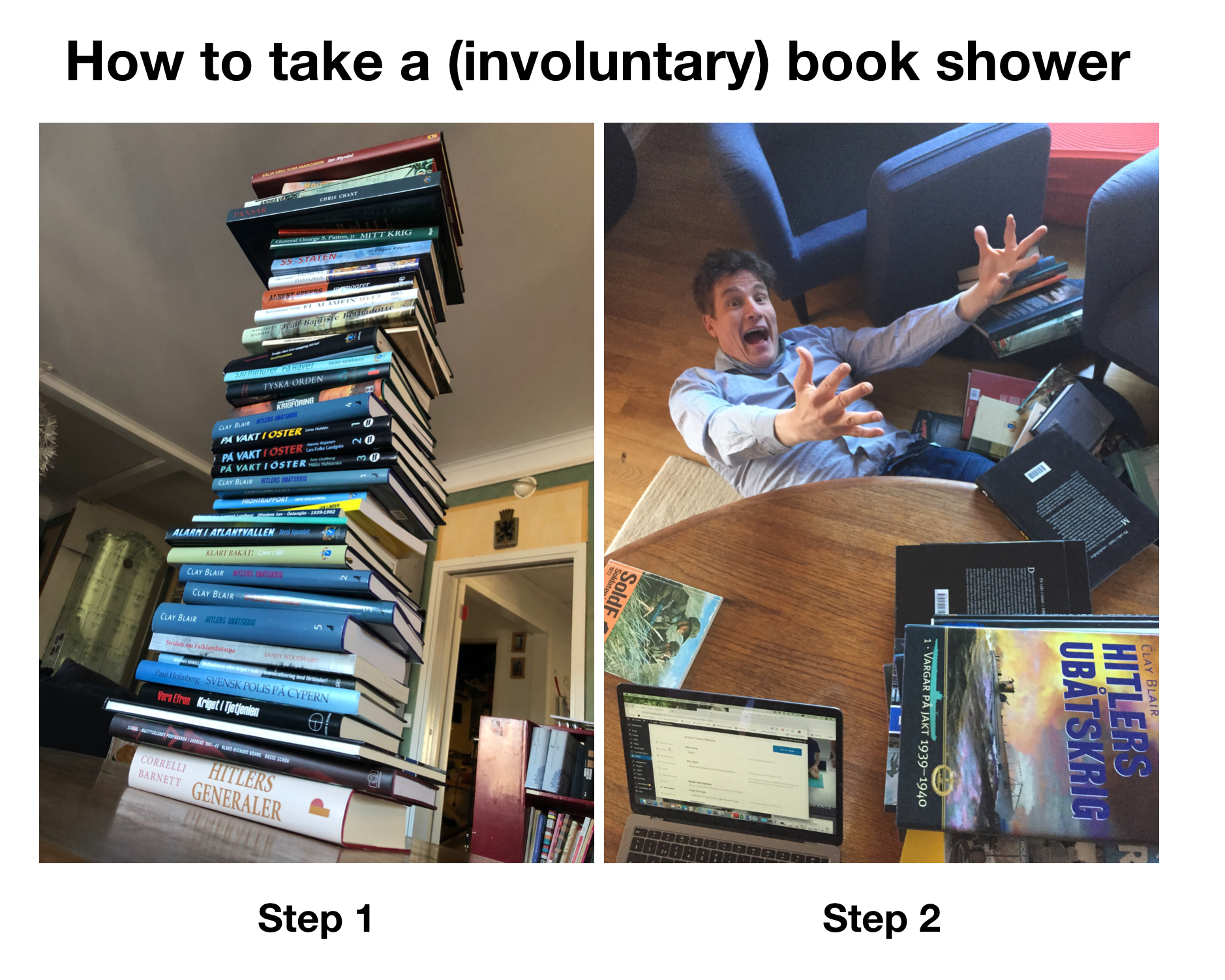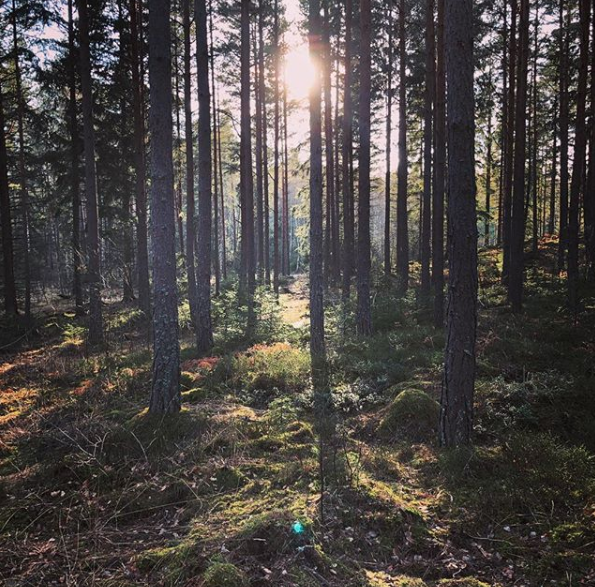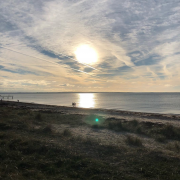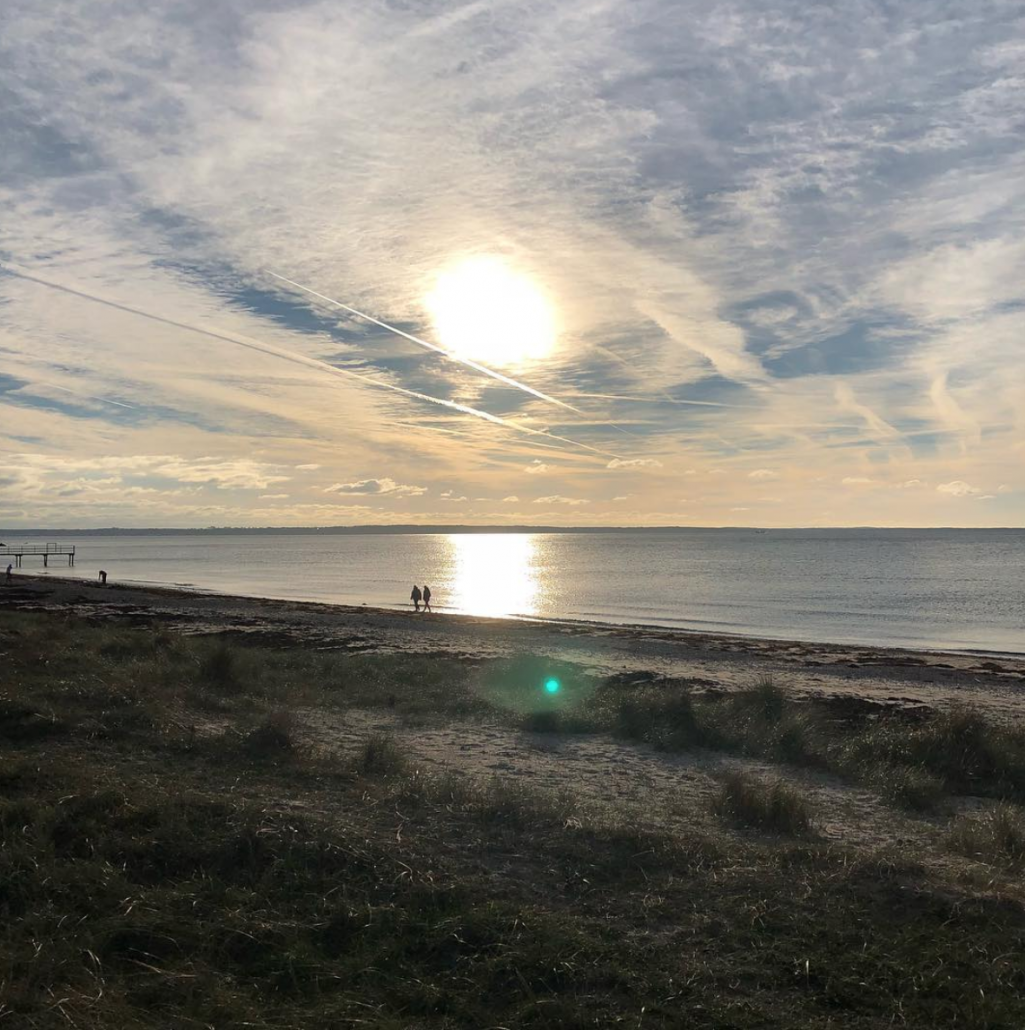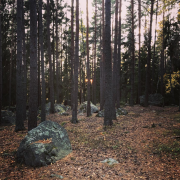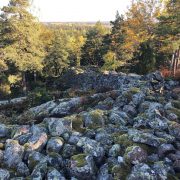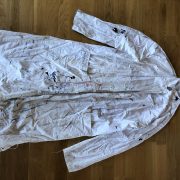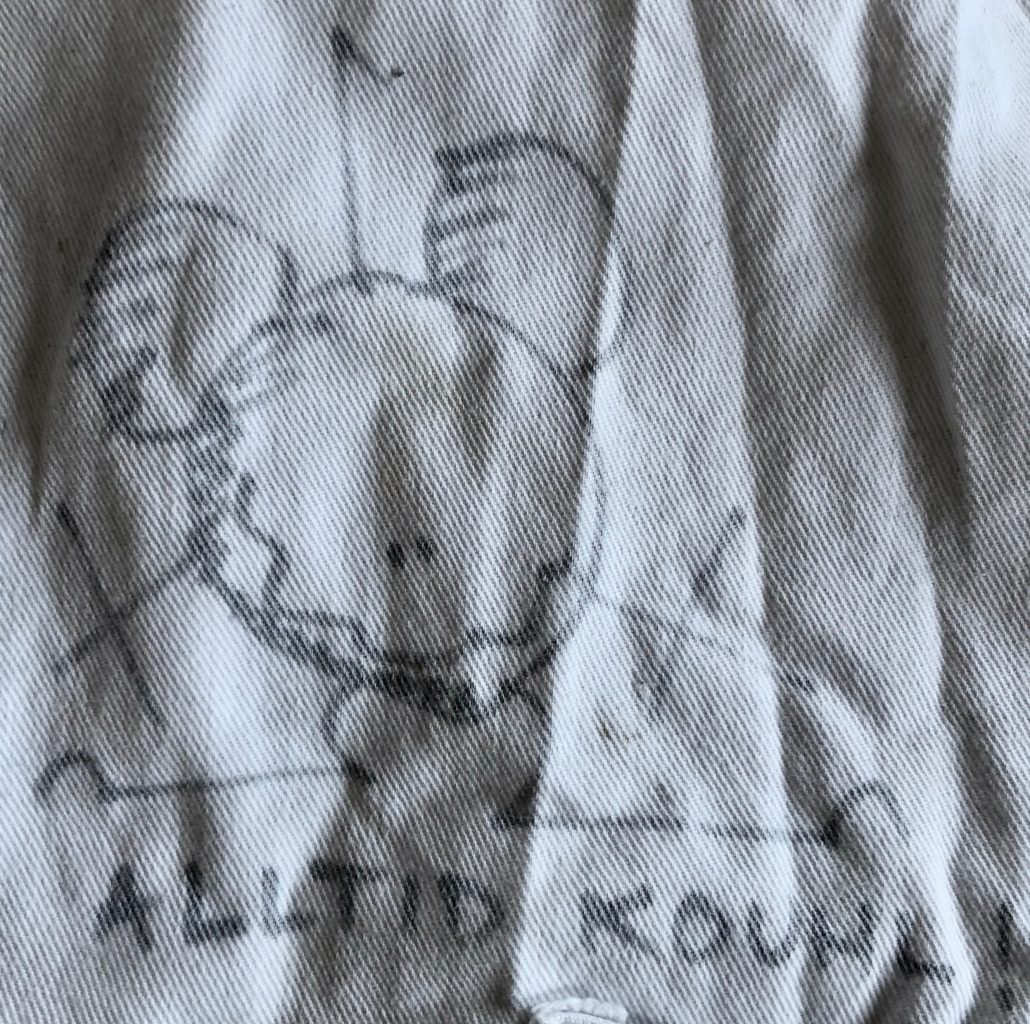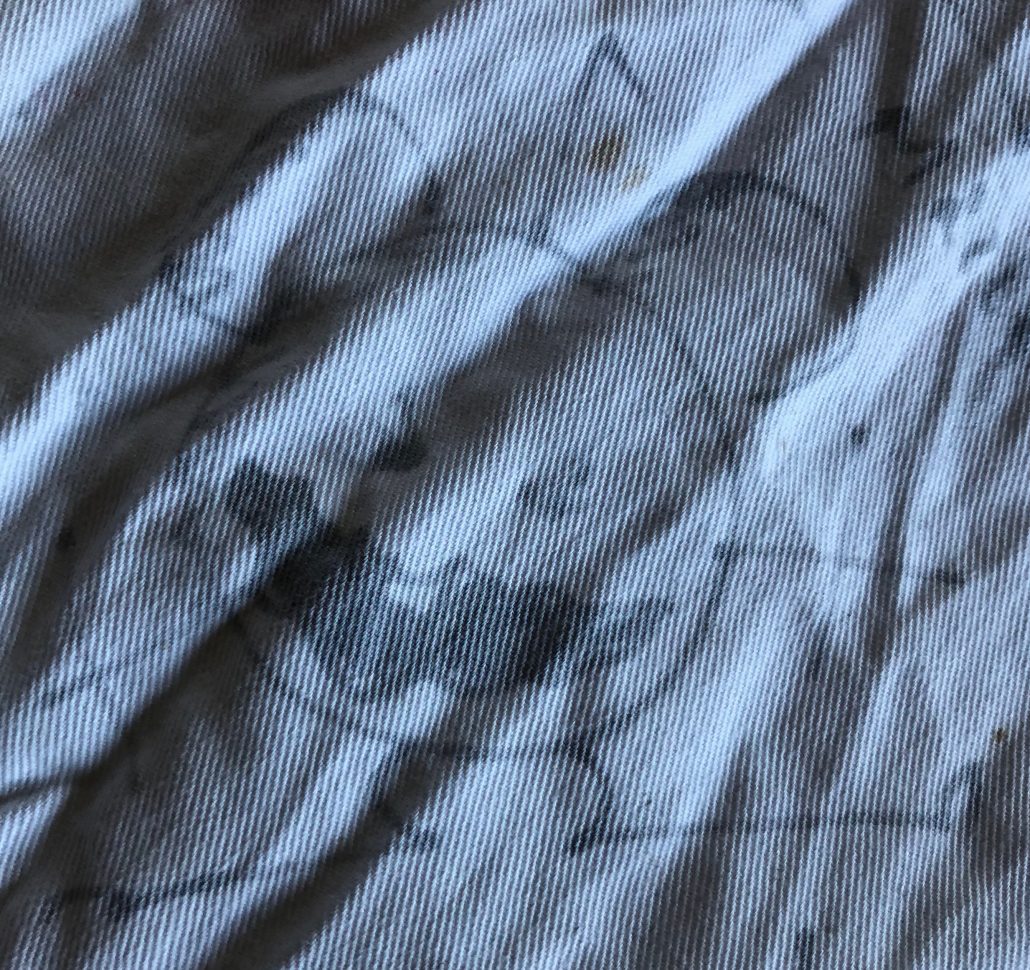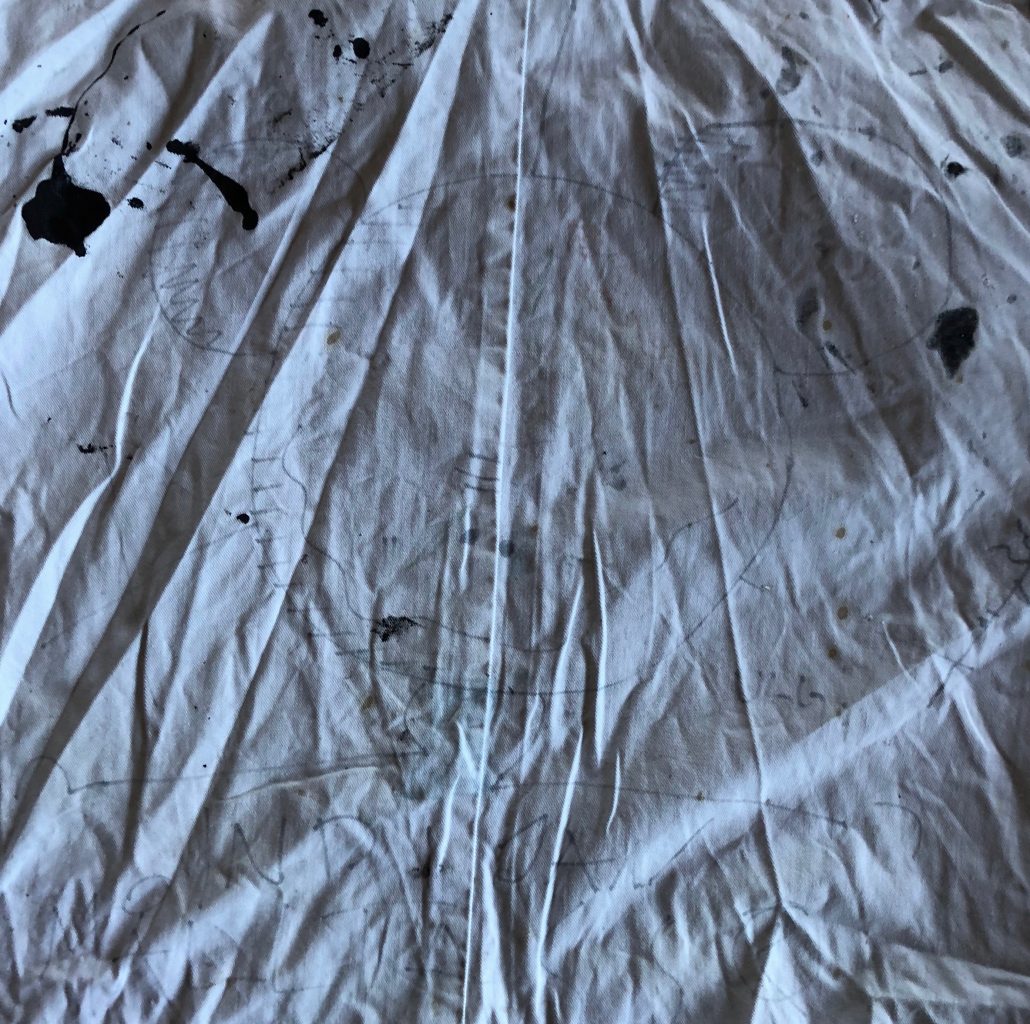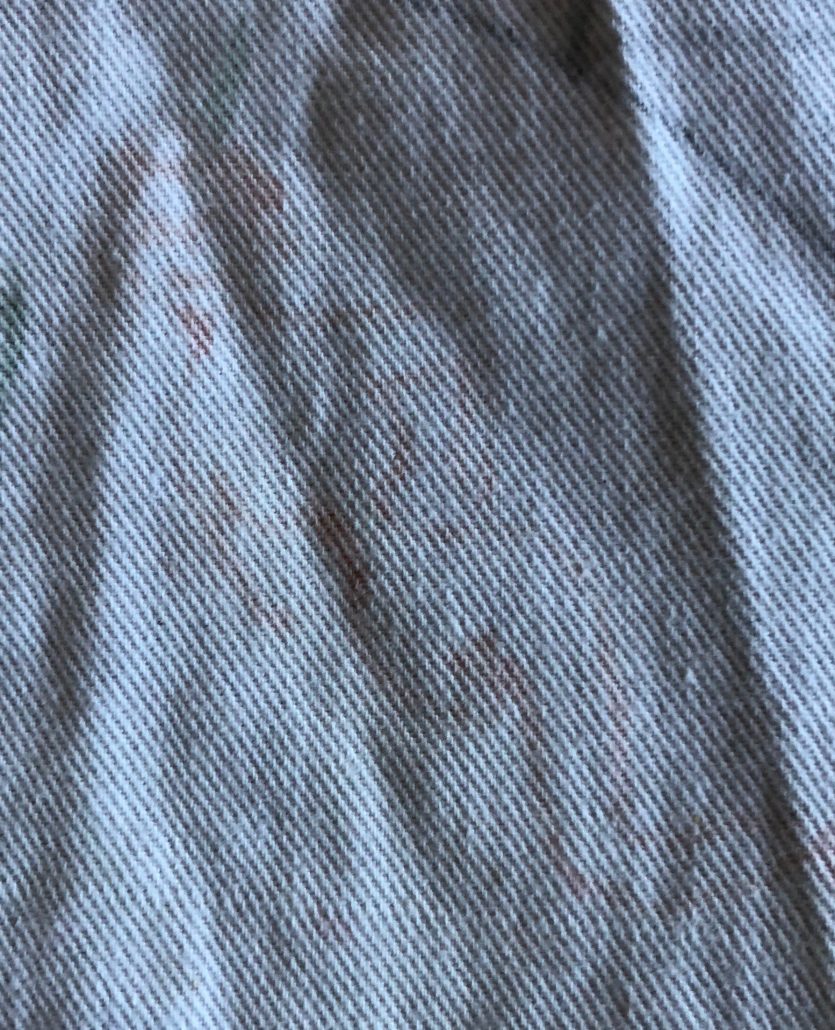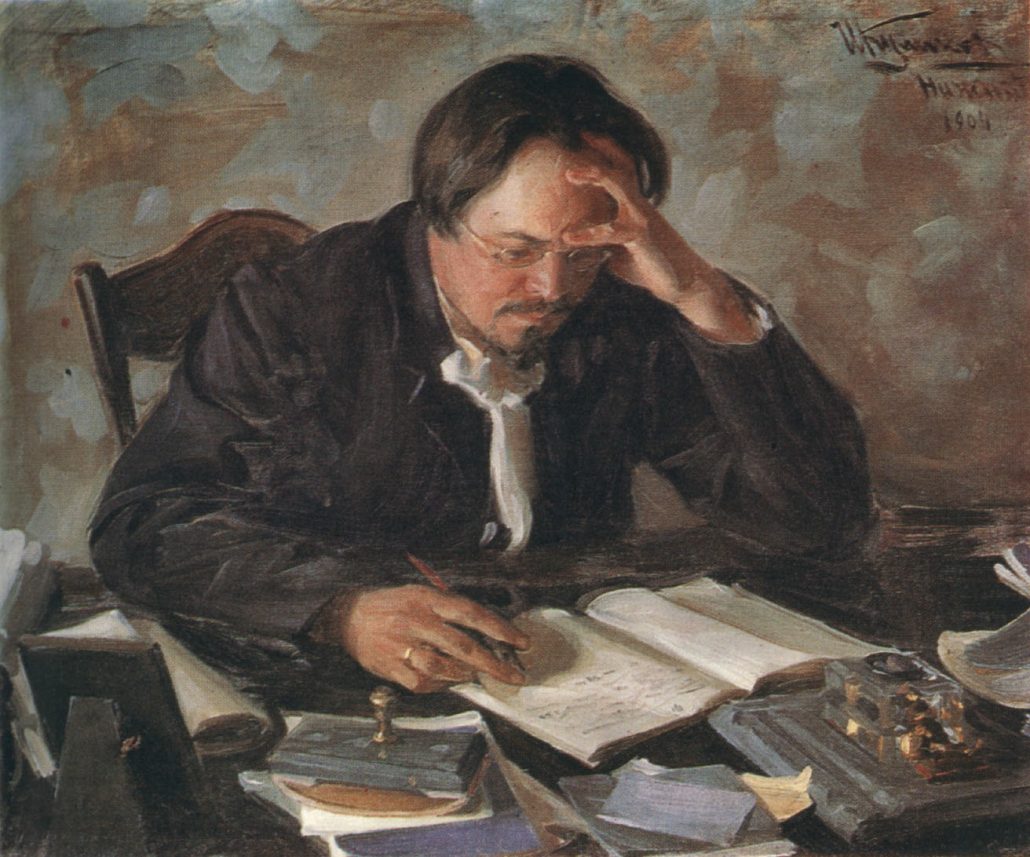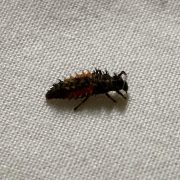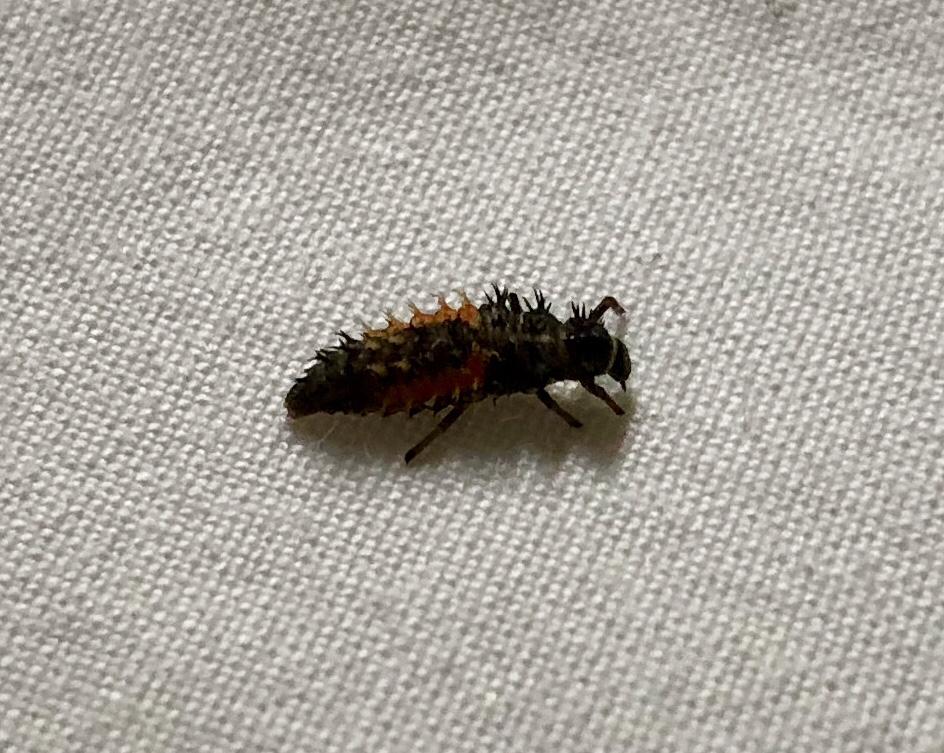On the empty gun emplacement
/in BLOG: Art & Observations /by olleA technical failure may be an artistic success. The photo below would be at risk of being discarded if someone decided to sort out failed shots from the image library. But to me, it’s pure poetry.
It was taken in 2011 by my mother Gunilla Bergman. It’s me to the left, Moa at the top and Sigge between us. The peculiar little bump is a cover to a gun emplacement from the cold war; here an unmounted tank turret should assist in the defense of the sandy beaches around Viken, the place where I grew up.
So many stories in the same photo – some full of hope, some full of sorrow.
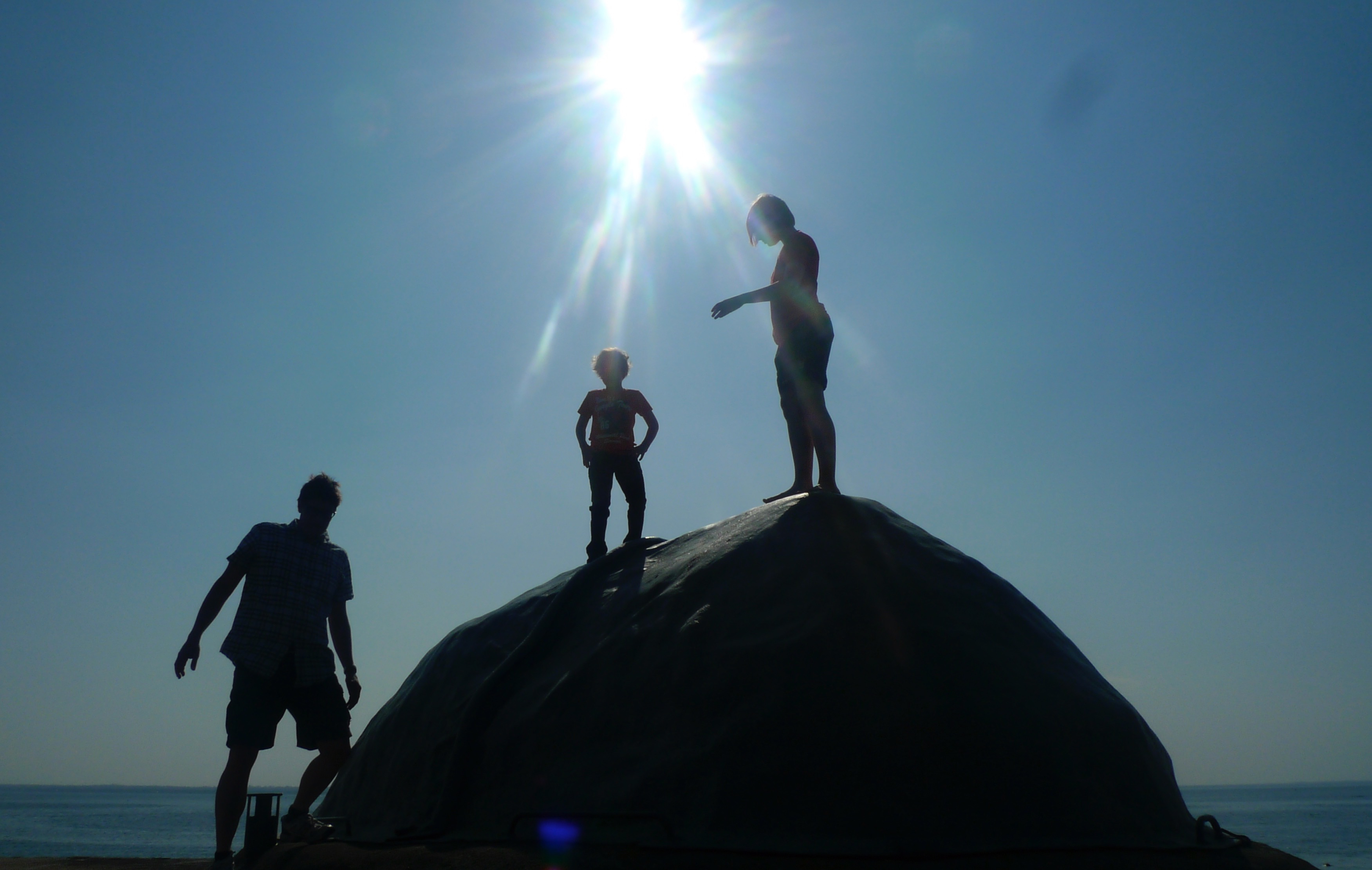
Lund, 19 March 2019
/in Feedback ENG /by olleHi guys! Thanks for an interesting day in Lund. Im am looking forward to what you will come up with next week.
O.
olle@bergman.com
se.linkedin.com/in/ollebergman/en (Feel free to connect)
instagram.com/generalblom
My slides
A PPt for scientific presentations
This template is based on chapter 16 in Matt Carter’s Designing Science Presentations. Matt is an assistant professor of biology at Williams College, Massachusetts, and a great guy!
On presentations
- Ten tricks to have your audience hang on your lips
Tips from the Belgian company The Floor is Yours - presentationskills.me
Hard-earned experience from Lale Byquist - Remove to Improve
Presentation examples
- The Magic Washing Machine
My favorite presentation by Hans Rosling
- Bladder presentation by Dominika Bijos
- Methane presentation by Ewa Nowicka
- Polymer presentation by Ewa Nowicka
Spring is coming to the pine forests of Södermanland (south of Stockholm).
Poster Workshop Copenhagen 22 + 24 January 2019, Pit Stop
/in Feedback ENG /by olleHi everybody!
Thanks for a great day in København! I think we had some really interesting discussions. Here are some guidelines and links to help you with your work. Feel free to email me or call me!
Looking forward to see your posters – be bold and be interesting!
O.
PS will add more stuff to this page during the day.
PS 2 I recommend a visit at Better Posters – the biggest web site about poster design on the web.
+46 70 888 55 41
olle@bergman.com
se.linkedin.com/in/ollebergman/en
@OlleBergmanSE
••••
Designing a poster – a work process
Intellectual preparation phase
- Go through the elevator pitch you wrote yesterday.
- Decide on 2–4 main conclusions.
- Pick out the visuals you need to support your conclusions.
- Write a working title (just a starting point for your planning – you will polish it later).
Basic Design Phase
- Use printouts, pen & paper, whiteboard and/or Post-it notes for sketching a layout.
- Decide a logical order.
- Write single sentences for the different components (you will fill in more text later in the process).
- Start the layout work in PowerPoint or InDesign. Think about CRAP, stick to the grid and don’t make the text columns too wide. Think BIG! Here’s a tool (there’s plenty of them!) for creating a color palette: https://www.canva.com/color-palette/
- When you have a basic layout, add more text.
Refinement Phase
- Work on the title – I suggest writing three to five different alternatives and let your peers give feedback.
- Look at every single element (graph, diagram, header, paragraph, sentence, line, frame, logo …) and ask yourself ”Does it add value for the reader or is it just noise?”.
- Shorten the texts. Cherish the white space!
- Polish the visuals, thinking about the data/ink ratio.
Optional
- Prepare your verbal explanation.
- Make three different posters: one conservative, one balanced and one radical.
••••
Links
The Poster Design Hub
A resource page for scientific posters
Basic graphic design: Contrast, Repetition, Alignment, Proximity
A chapter from a book by Garr Reynolds.
Remove to improve
Some notes from the makers of the video we saw
Designguide Science Københavns Universitet
English notes in the right column!
Øresund from the Swedish side!
An interesting criteria for a really poor presentation
/in BLOG: The Craft of Communication /by olleToday, I attended a ten minute presentation which made me so impatient that I had to restrain myself. As I was a guest, I felt that it was improper that my eyes (investigative), the expression on my face (disgruntled) and my body language (tense) gave away my feelings. I needed to relax fast and attain the same blank pose as the other members of the audience. Accordingly, I decided to start counting backwards from 200.
Hereby, I define the ”200 TEST” for public speakers: if your presentations make people count backwards from 200, you should perhaps do something about them.
QDETAILSS research school, Lund University, 12 November 2018
/in Feedback ENG /by olleHi guys!
Thanks for a great workshop at Kemicentrum. Judging from the discussions we had, I am looking forward to seeing your posters on Thursday. Please remember that this is a safe environment for bold initiatives and creative ideas; feel free to come up with something different.
O.
PS You can use the comments section here for questions, comments and links. What did you find especially interesting in my lesson?
olle@bergman.com
se.linkedin.com/in/ollebergman/en
@OlleBergmanSE
My slides
Links
The Poster Design Hub
A resource page for scientific posters
Remove to improve
Some notes from the makers of the video we saw
Graphics manual (in Swedish)
(PDF 23,7 MB, new window)
O.
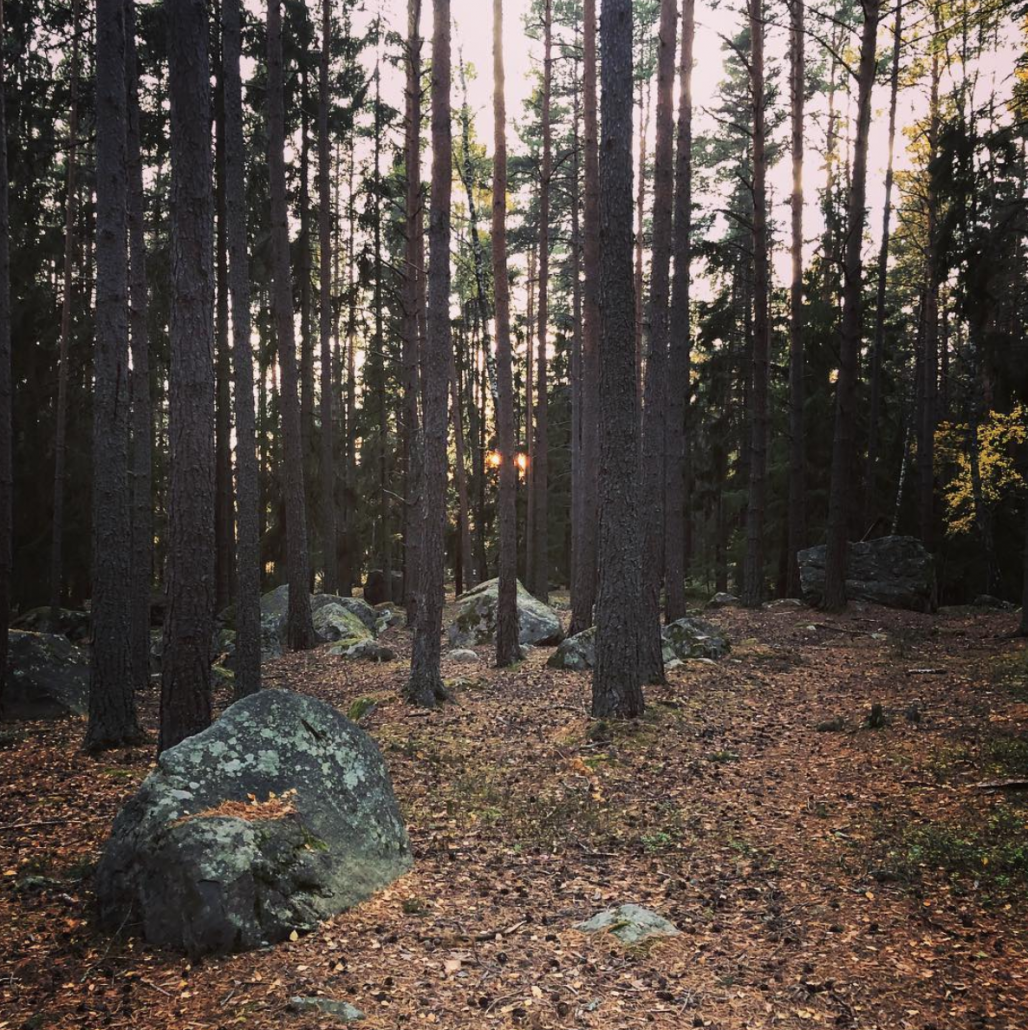
Autumn sunset in Kronskogen, Eskilstuna. [https://www.instagram.com/generalblom/]
The splendor of the proto-vikings
/in BLOG: Art & Observations /by olle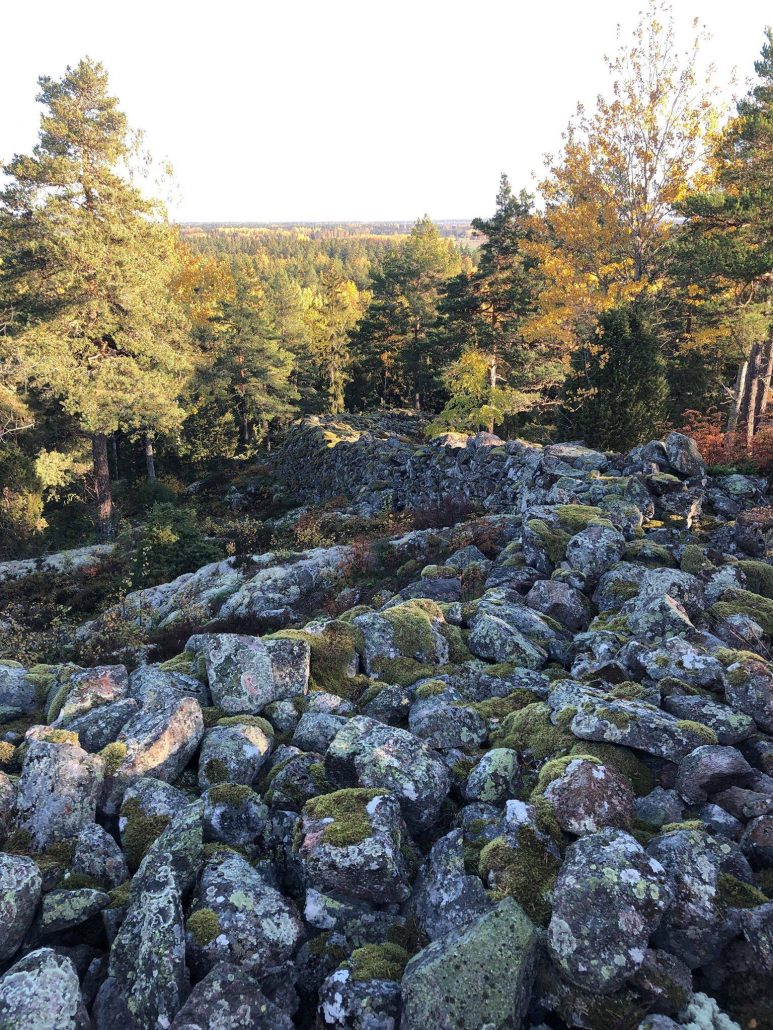 The splendor of the proto-vikings: Ogaklev hillfort, Södermanland. This wall, three meters high, lays undisturbed for 500 000 days (which takes us back to approx. 500 AD).
The splendor of the proto-vikings: Ogaklev hillfort, Södermanland. This wall, three meters high, lays undisturbed for 500 000 days (which takes us back to approx. 500 AD).
It is becoming more and more obvious that there was a highly organized Swedish Game of Thrones society hundreds of years before the Christian people of Europe made a single margin note about the peculiar Scandinavians. When I was taught history in school, the iron age was just a long gloomy winter between the glory of the bronze age and the fame of the viking age. During the last decades, a totally different picture is emerging from the integrated archaelogical evidence: we see small, warring principalities which were probably heavily influenced by the Roman way of doing things.
Give me 10 000 euros and I will sit down to write a popular history book about the Scandinavian iron age and the wonders of hillforts, bracteates, the Vendel graves, the Salme ships, Eketorp, Skedemosse etc. etc.
My lab coat – a visual examination of an archeological artefact
/in BLOG: Art & Observations /by olleCleaning the basement, I realized that the paint spotted garment hanging in the workshop was my old lab coat from tech uni, or to be specific: Faculty of Engineering, Lund University.
I have mixed emotions. On the one hand, it really mirrors who I am and what I’ve always been, being relived from the shackles of social expectation. On the other hand, I kept provoking people in these days by not restraining my playfulness and urge to stand out. There were teaching assistants who directly categorized me as the one they needed to put in his place. There were fellow-students who (rightly) thought I wanted to direct too much attention to myself. During some of these occasions, my tender heart stung, and I shed some tears on the Skåne soil. Eventually, I learned to step into line, keeping my impulses down and my mouth shut, dressing according to social expectations. In the mid-nineties, I became an obedient marketing department clone, wearing a tie and jacket every workday.
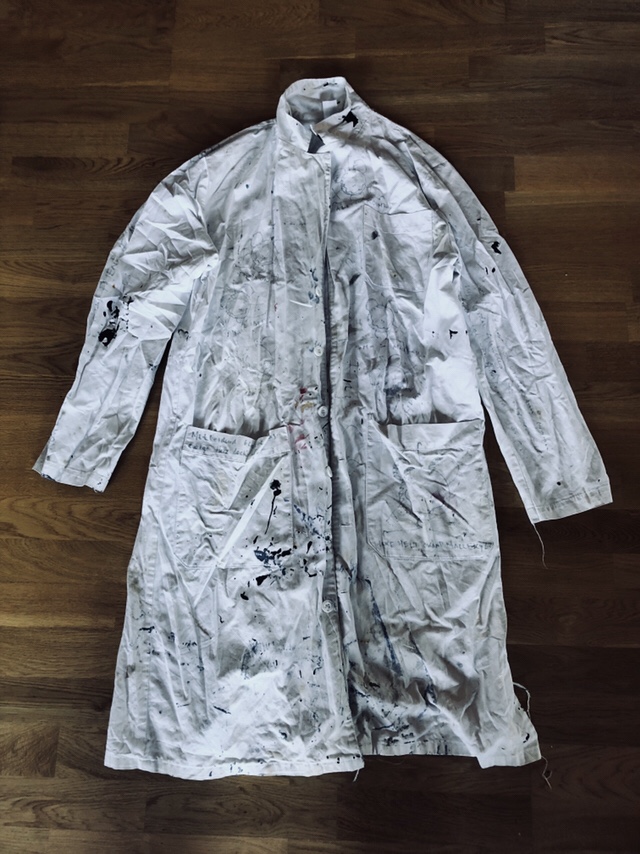
Here it is in all its tarnished glory. Unfortunately, it has taken a spin in the washing machine, and some of the textile grafitti is really hard to read.
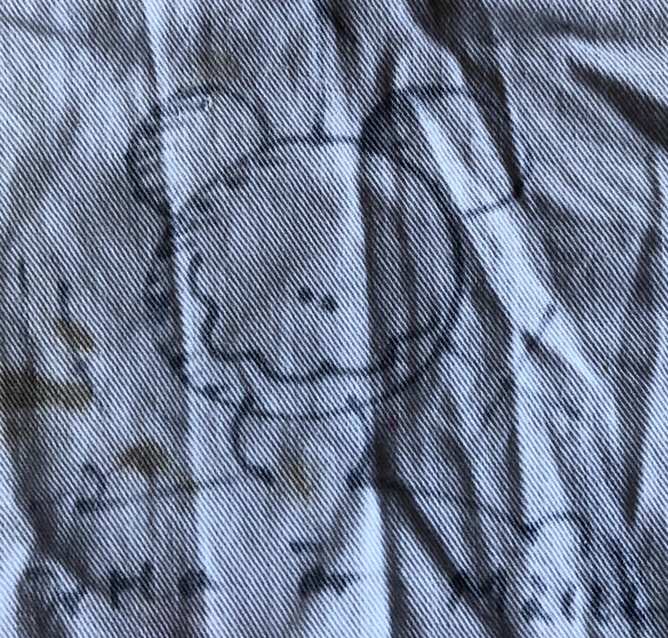
This is my mascot Målltass Mållekyl (a deliberate misspelling of ”Moltas” – a rare Swedish name – and ”molekyl”). As you can see, he is a water molecule.
There are actually seven of his kind adorning the lab coat. This says ”Always fun!” (also spelled in a funny way).
An angry Målltass.
On one arm, there is a quote by Homeros – the first lines of the Iliad in Lagerlöf’s famous translation. On the other arm, there is a quote from a King Crimson song: ”Knowledge is a deadly friend if no one sets the rules.” (Epitath, 1969).
On the back, there is a big Målltass in native American attire (“Indijan-Målltass”). I have no idea why.
It’s probably only me in the world who can interpret this smudge. The intention is to show what Olle/Indijan-Målltass has on his mind. The person who drew it lives in Australia today.
The relief of submitting a complex writing assignment
/in BLOG: The Craft of Communication /by olleBeing overly empathetic, I have a tendency to engage a little bit too strongly in my writing assignments. Sometimes, it may seem that my life hangs in the balance. And the more complex the article is – regarding e.g. facts, connections, background as well as social, professional and political considerations – the more I attack it like a sinewy prizefighter in an MMA tournament.
I’m a bit ambiguous here
On the one hand, my personal doctrine is to go all the way in, no matter what assignment, mission or relationship is handed to me. This virtuous and emotional commitment is well illustrated by an extraordinarily passionate performance of this certain (extended) Canadian band.
On the other hand, it may put some stress on my system. People keep pointing out this to me, but either I have not understood it yet, or I have decided not to listen. Something in me believes that you and I are gonna live forever.
Anyway, it’s always a joy to press Send and hand over the tamed and managed complexity to the editor.
Silence falls in the study.
And so I feel safe and alive for a while in the ”vacuum created by the arrival of freedom”.
Illustration: Writer by Ivan Koulikov (1875–1941)
Cognitive dissonance, as demonstrated in a Stockholm hotel.
/in BLOG: Art & Observations /by olleRecent Posts
- Amgen Scholars, Karolinska, June–August 2023 19 July, 2023
- Summer Research School for high school students, Karolinska Institutet, Solna, 22 June 2023 29 June, 2023
- Karolinska 14 June 2023 15 June, 2023
- DTU Biosustain 5 December 2022, Poster Improvement Workshop 7 December, 2022
- SciLifeLab Facility Forum, Djurönäset, 17 October 2022 21 October, 2022

